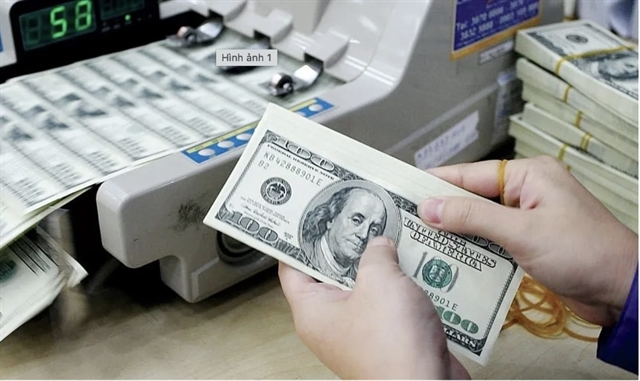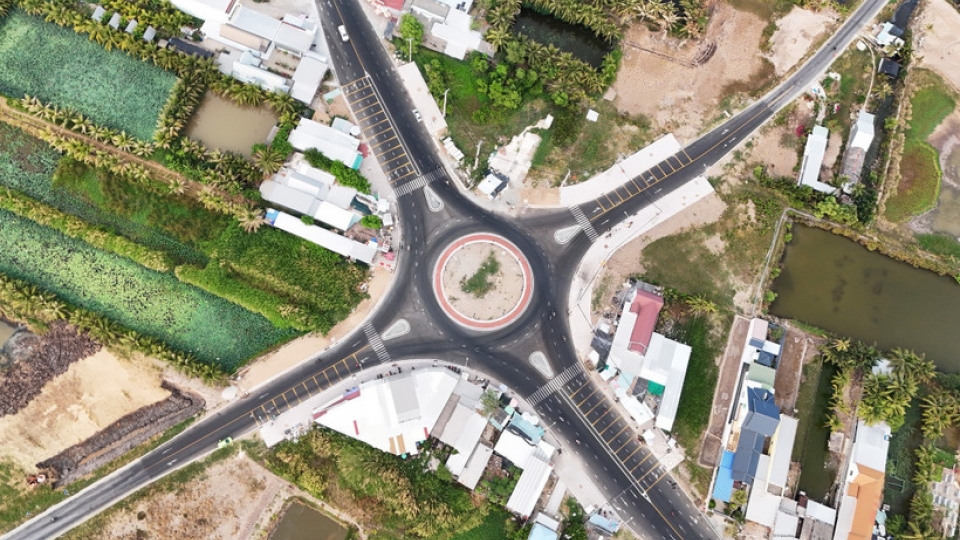Vietnam turns the tide with strong trade surplus
Vietnam has reversed five consecutive quarters of balance of payments deficits, posting a surplus of nearly US$1.49 billion by the end of the second quarter of 2025, the State Bank of Vietnam (SBV) reported.

The improvement was driven mainly by a high current account surplus, which reached US$8.72 billion, up 120% from the first quarter of 2025.
This was the second highest level of the current account balance in the past six quarters, only behind the third quarter of 2024, reflecting the positive contribution from the merchandise trade surplus and current account transfer flows.
In the components of the current account, merchandise exports at free on board (FOB) prices reached US$117.03 billion, while FOB imports reached US$107.11 billion, creating a merchandise trade surplus of US$9.91 billion — a 24.9% increase compared to the first quarter of 2025.
However, the service balance continued to record a deficit of US$3.13 billion, a sharp increase compared to US$1.64 billion in the first quarter of 2025, although it improved from US$3.8 billion in the same period last year.
The SBV’s data also showed that the financial balance in the second quarter of 2025 continued to have a deficit of US$4.8 billion, deeper than US$3.51 billion in Q1 2025, but an improvement from US$7.3 billion in the same period last year.
According to the data, net foreign direct investment (FDI) in the second quarter of 2025 remained positive at US$5.26 billion, up 45% from Q1 2025, just behind Q4 2024 (US$6.29 billion), reflecting foreign investors’ confidence in the investment environment in Vietnam.
However, indirect investment still recorded a deficit of US$690 million in Q2 2025, compared to US$920 million in Q1 2025. Although still negative, this deficit improved significantly compared to the periods with the strongest capital withdrawals in Q2 2024 and Q4 2024, which were US$2.19 billion and US$2.04 billion respectively.
The data indicated that in mid-2024, capital withdrawal pressures from foreign investors in financial markets — including listed stocks, government bonds and fund certificates — were high. By the first half of 2025, although indirect investment flows still tended to withdraw, the scale gradually decreased, showing that the market had stabilised in terms of investor psychology and expectations.



